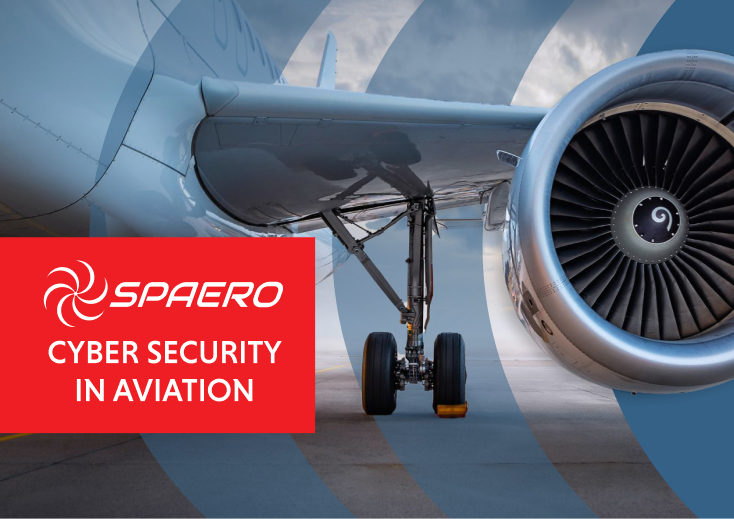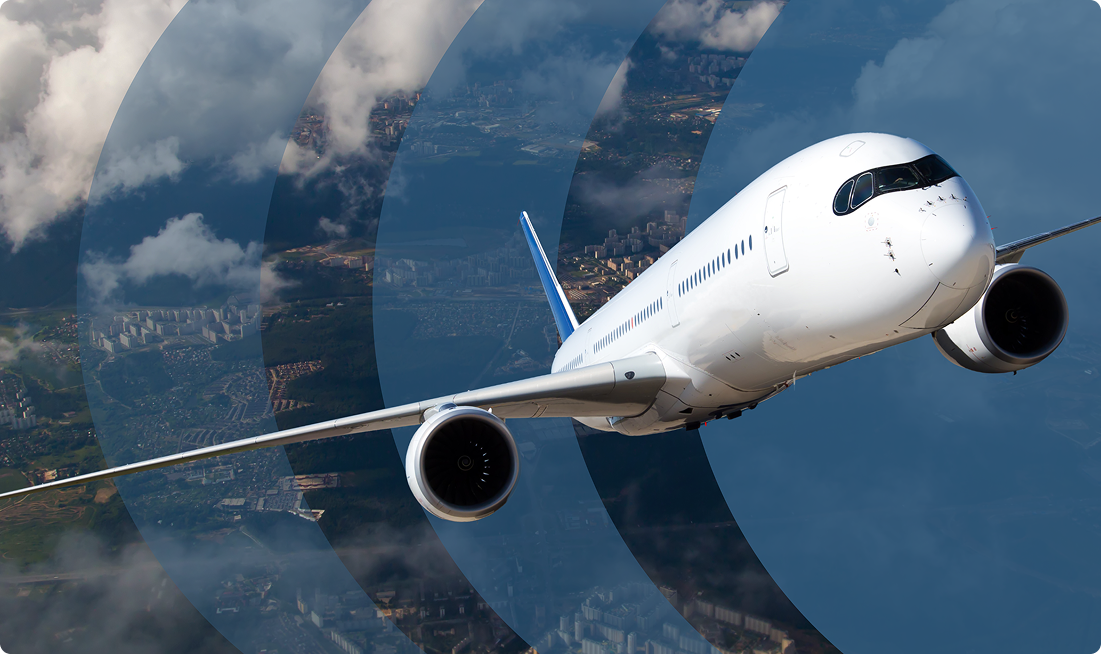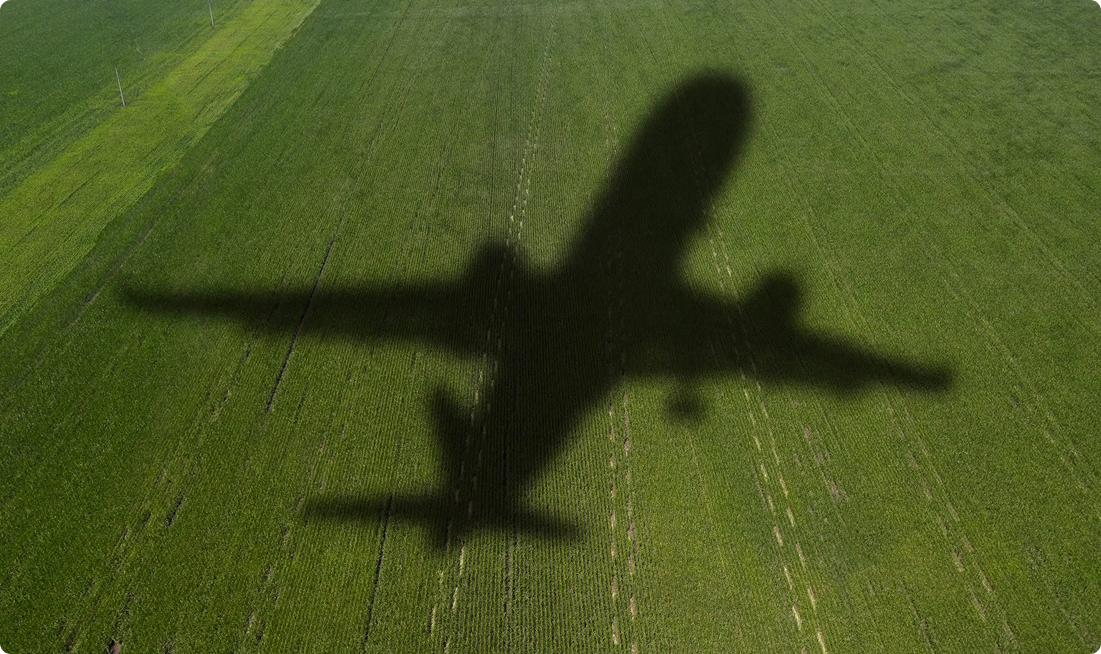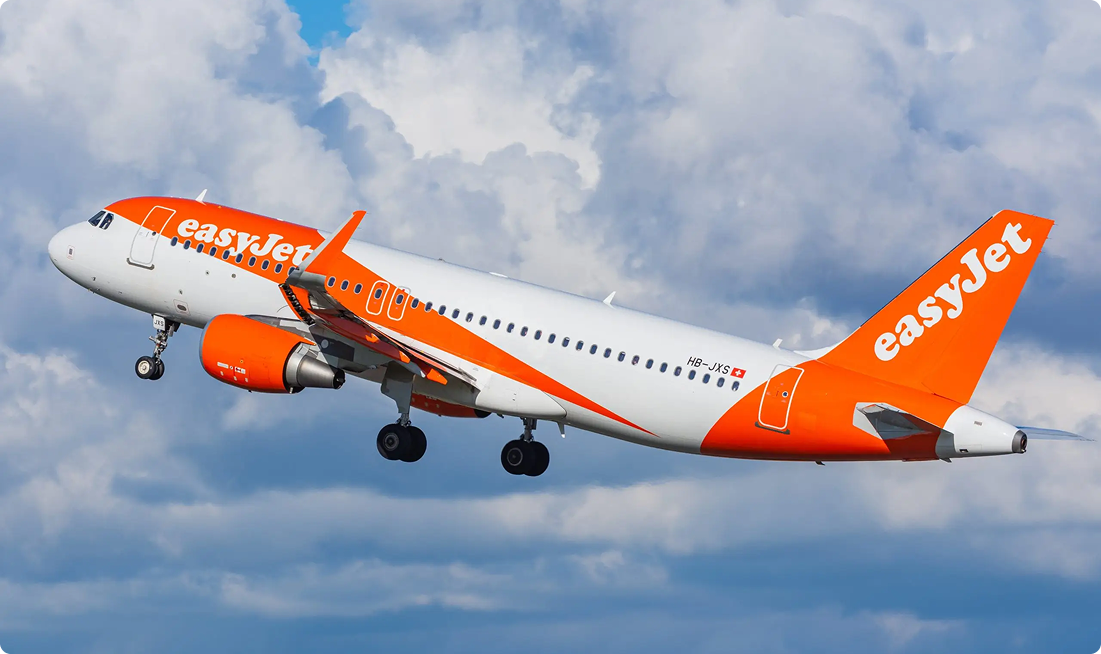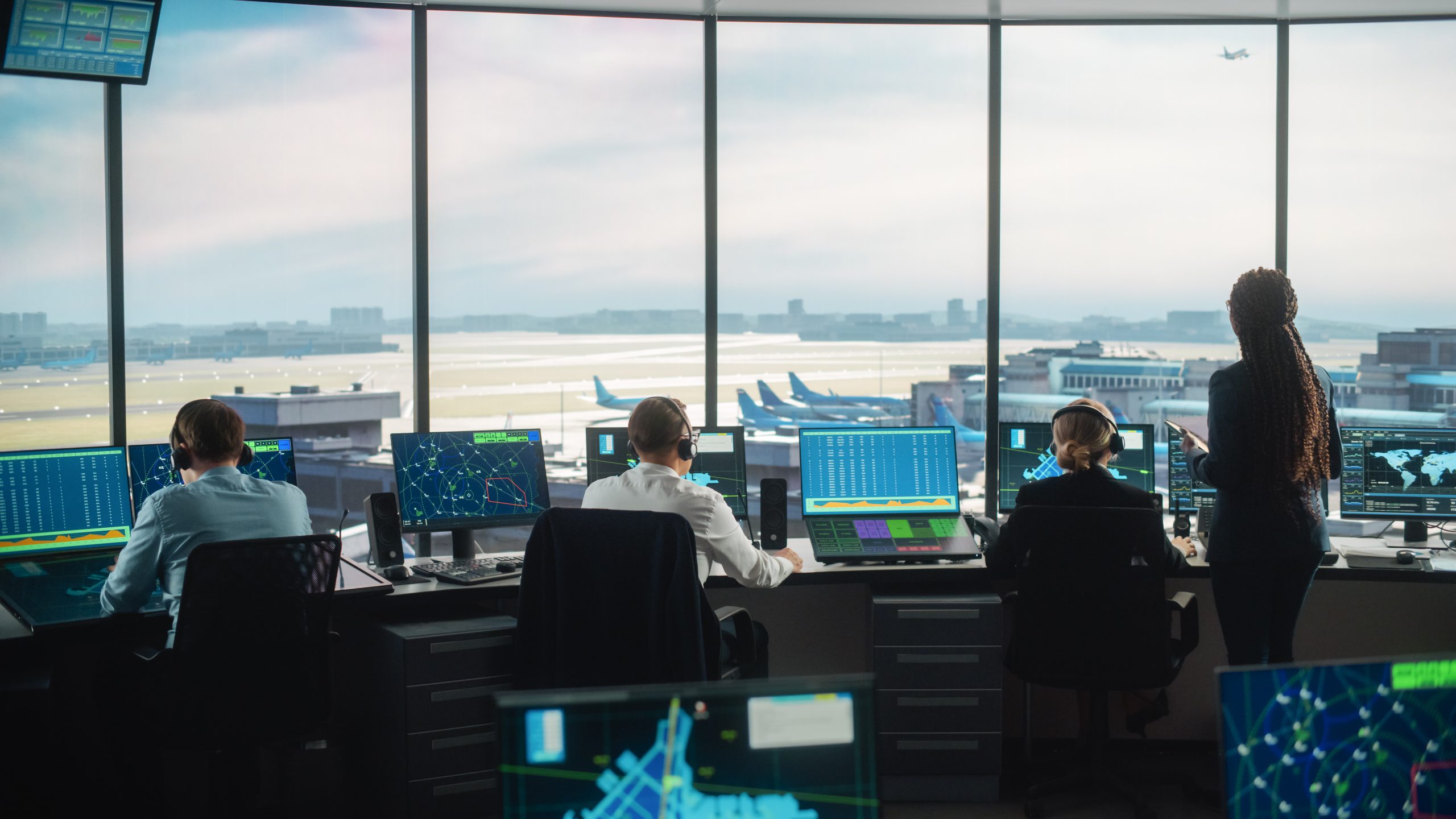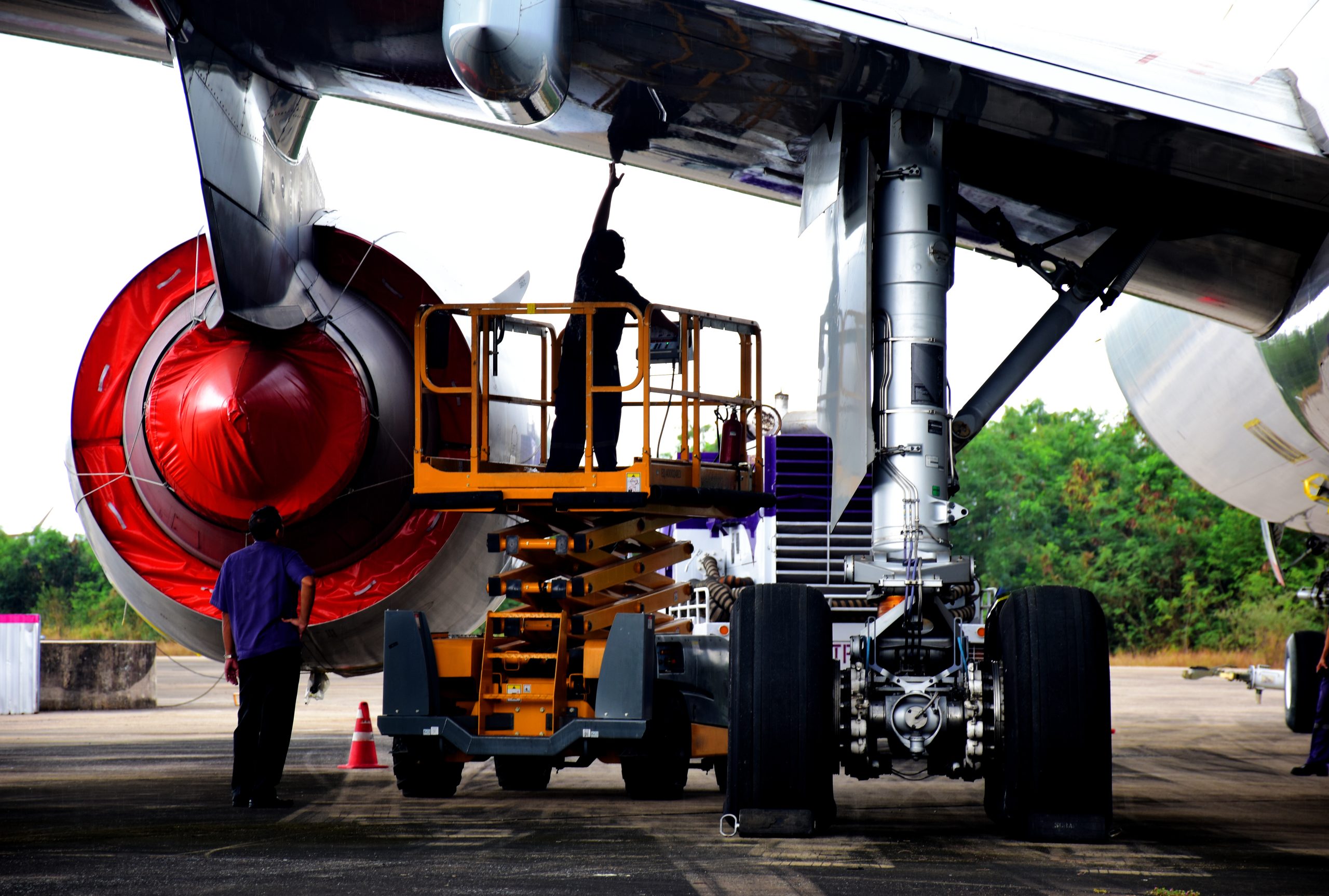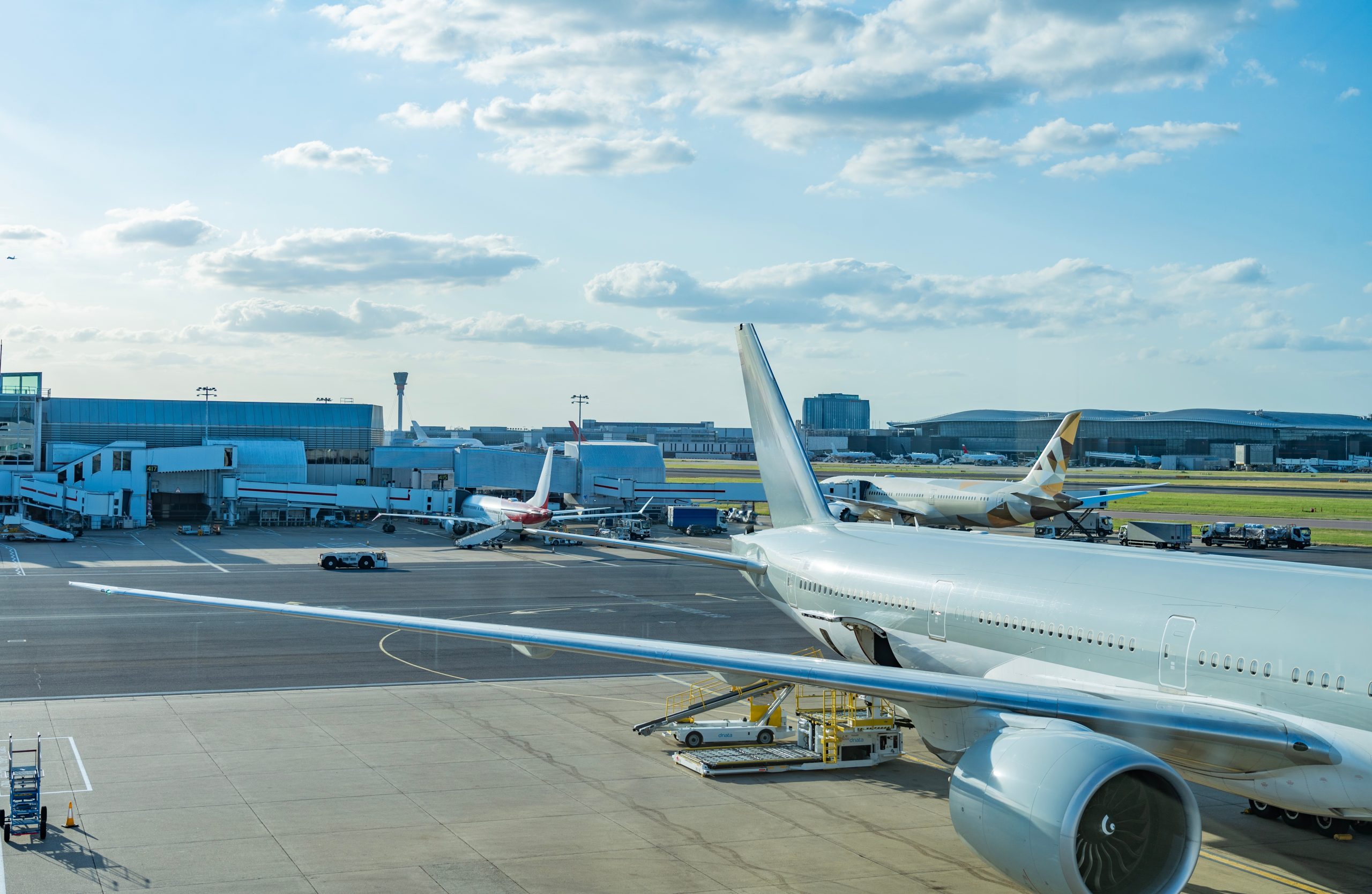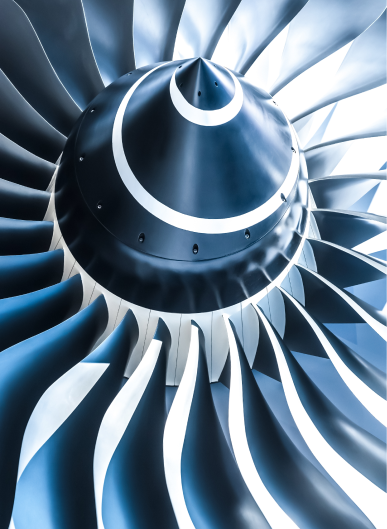
Cyber Security in Aviation: Passwords and MFA
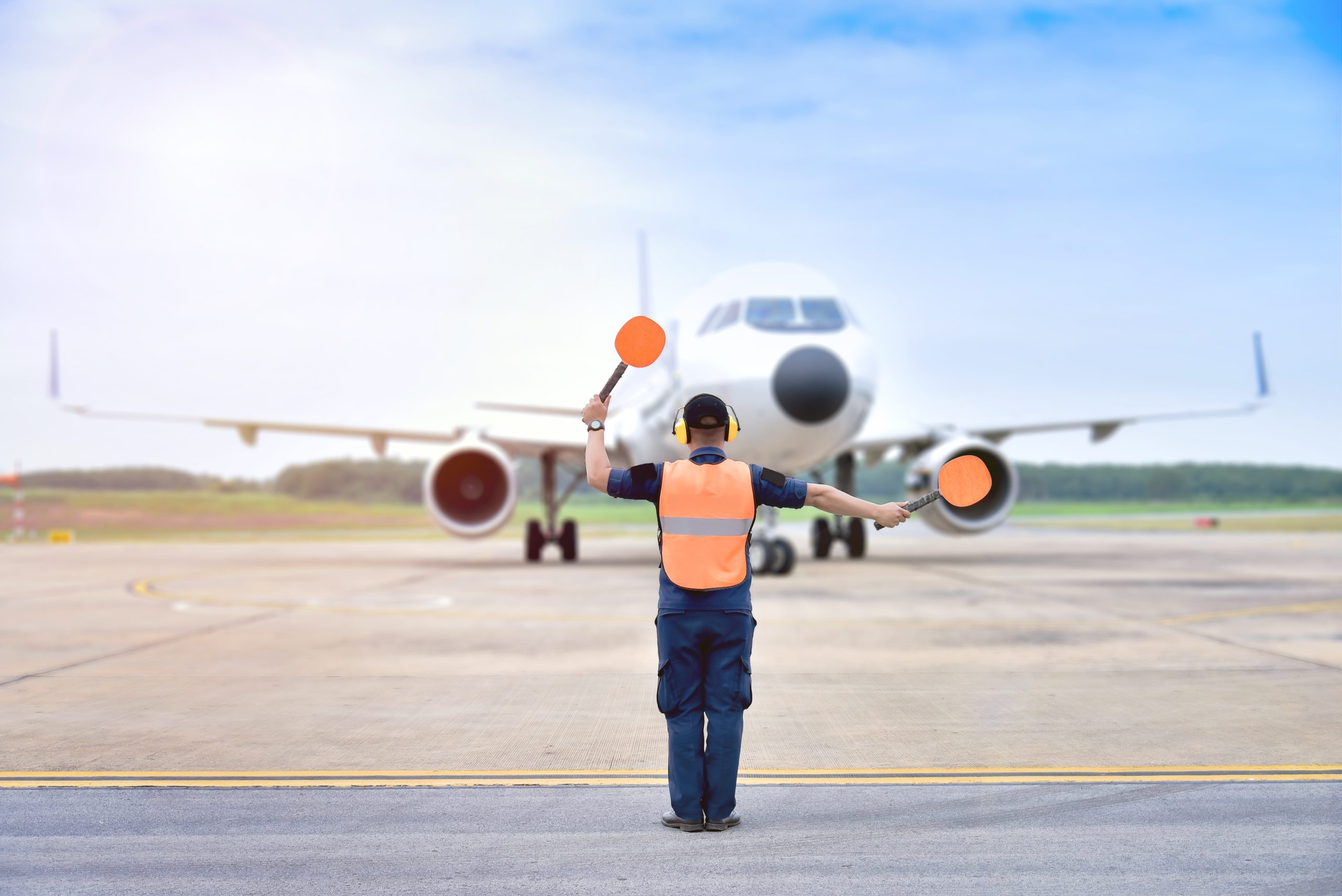
Stay in the loop
Passwords
Your password is the cockpit door to your digital world — don’t leave it unlocked.
We’re all aware of the importance of using a strong password, but let’s be honest, most of us still use things like our dog’s name, gaming handle or a family members name, combined with a number and sometimes special character if we’re forced to.
The truth is that weak passwords are one of the easiest ways that hackers gain access to businesses, and even personal accounts. And the scary part is, they don’t need to ‘hack’, they can just ‘guess’.
Think about aviation security for a moment. Just like how pilots don’t fly a plane without multiple safety checks, we shouldn’t access our digital accounts without solid safeguards in place. Every small detail matters – and your password is like the cockpit lock that keeps everything secure. If that lock is weak or easy to pick, the whole system is at risk.
Here are some tips to avoid falling victim to unauthorised access of your systems:
- Use a password Manager like 1Password.
- Avoid anything personal – no names, birthdays, or pet names.
- Do not reuse the same password across multiple account – if one is involved in a data leak, they can all go down.
- Use a combination of random words, with special characters and/or numbers – i.e. HorseGuitarTreeVault@6
Your password is often the first line of defence, so make sure it’s a good one.
MFA
Your cockpit doesn’t just have one lock — it has multiple layers of security. Doors, codes, ID checks, camera’s and clearances.
That’s exactly what Multi-Factor Authentication (MFA) is in the digital world. It’s your second key to the cockpit.
We all know that passwords – even strong ones – can be stolen, guessed or phished. MFA adds another layer, so even if one key is compromised, an attacker still can’t take off with your data.
Think about it in aviation terms:
A pilot doesn’t just show a badge. They also need biometric checks, passcodes and sometimes a second officer to verify.
An aircraft doesn’t just rely on one system to confirm readiness – it has redundancies.
MFA works the same way: more than one factor of proof before access is granted.
Here are the main types:
- Something you know – like a password or PIN.
- Something you have – like an authenticator app or hardware token.
- Something you are – biometrics, such as fingerprint or face ID.
For businesses, enabling MFA is one of the simplest, most cost-effective defences against cyberattacks. In fact, Microsoft research suggests it can block over 99% of automated account attacks.
Practical tips:
- Use authenticator apps (Google Authenticator, Authy, or Microsoft Authenticator) rather than SMS when possible – text messages can be intercepted.
- Roll out MFA company-wide, starting with email, ERP, and financial systems.
- Educate your teams – MFA only works if people understand why it matters and use it consistently.
In aviation, a single weak lock could put an entire aircraft at risk. In cyber security, relying on just a password is the same. MFA ensures that even if one door is breached, there’s another barrier in place.
Your cockpit deserves more than one lock. Give your accounts the same protection.
Don’t wait, perform your password audit now.

Join us
For Airlines, Distributors and
Repair Centres
